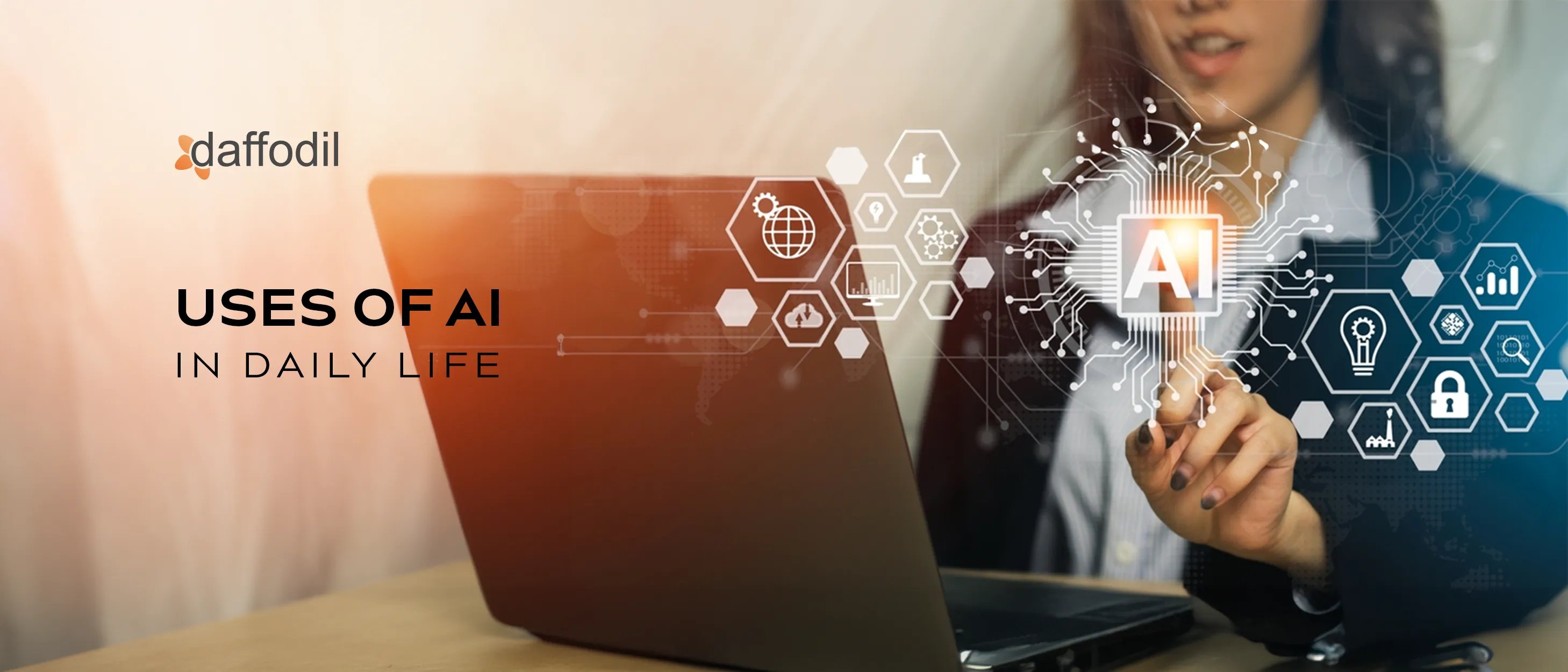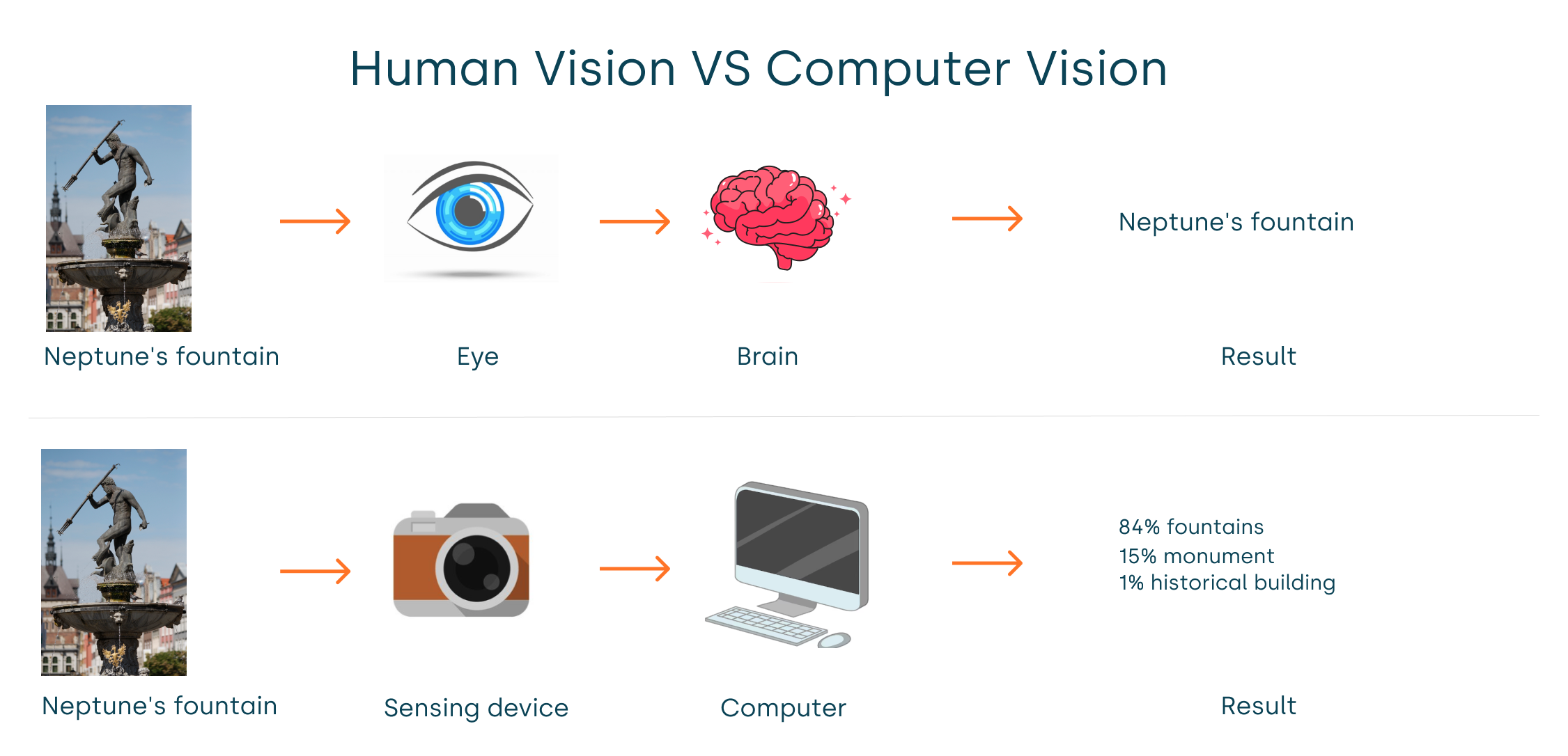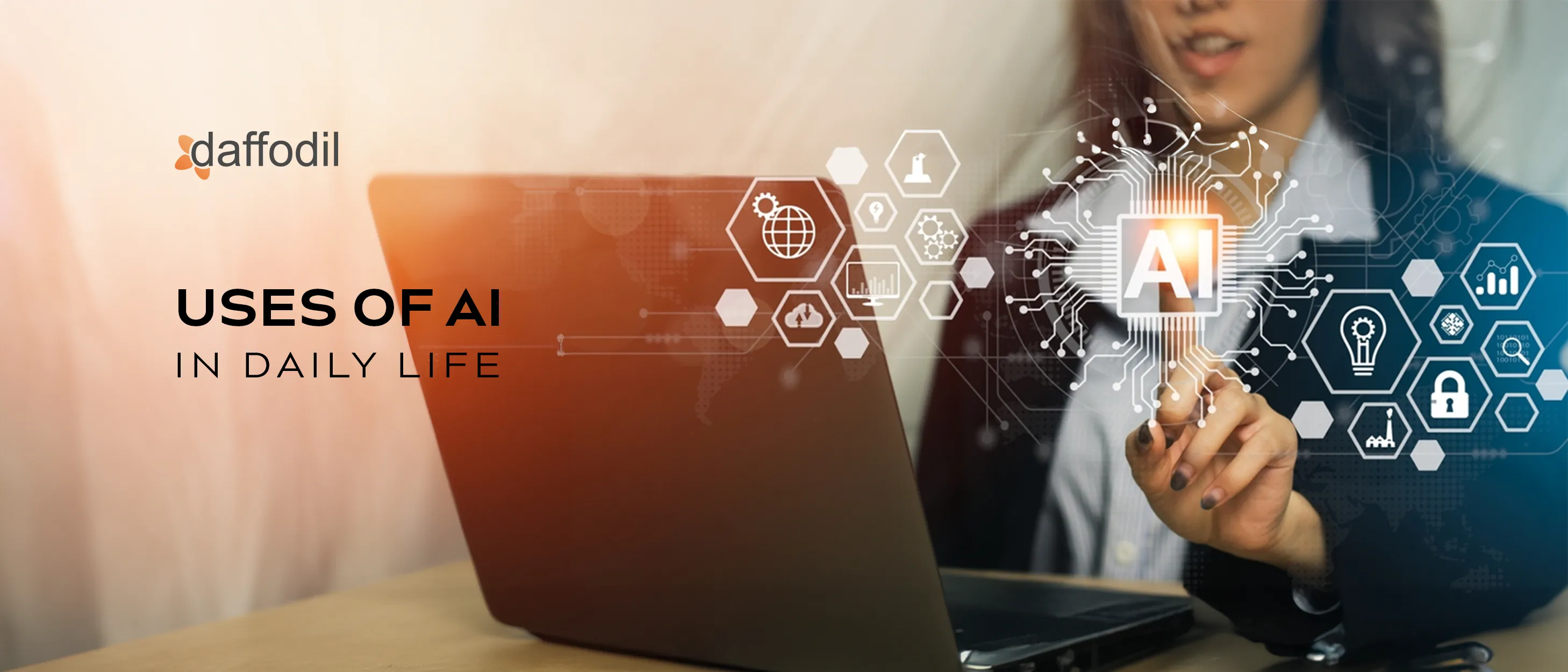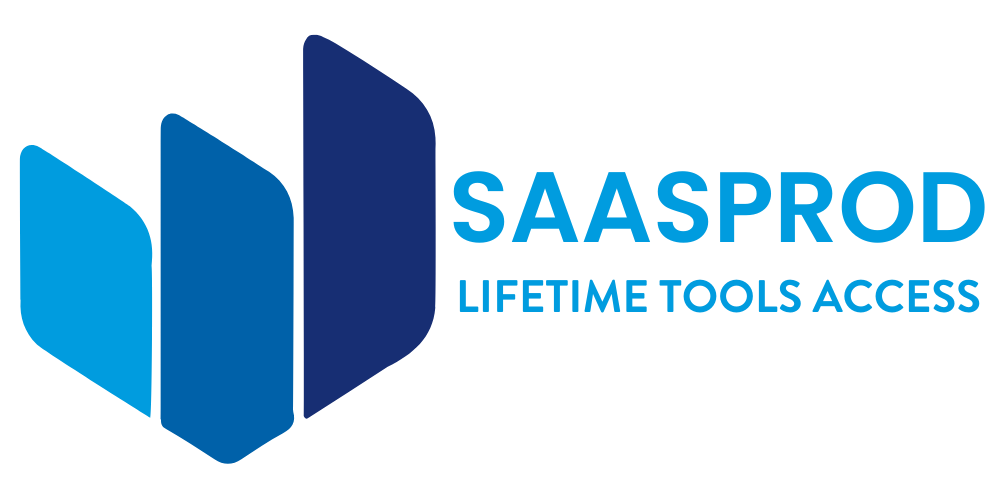OCR technology, or Optical Character Recognition, has become a part of our daily lives. It helps convert different types of documents into editable and searchable data.
Imagine being able to quickly scan a piece of paper and have it transformed into digital text on your computer. That is the power of OCR technology. From digitizing old books to simplifying data entry, OCR makes our tasks easier and faster.
Businesses use it for processing invoices, while students rely on it for converting notes. OCR also plays a role in accessibility, helping visually impaired individuals read printed text. This technology not only saves time but also improves efficiency in our daily routines. Let’s explore some practical uses of OCR technology that you might find surprising.
Introduction To Ocr Technology
OCR technology, or Optical Character Recognition, has become a crucial part of our daily lives. This technology converts different types of documents, such as scanned paper documents, PDFs, or images, into editable and searchable data. By doing so, OCR helps in digitizing and organizing information efficiently.
OCR technology is used in various applications. It includes banking, healthcare, education, and more. It simplifies data entry and retrieval processes, making tasks faster and more accurate.
What Is Ocr?
OCR stands for Optical Character Recognition. It is a technology that reads printed or handwritten text from paper and converts it into digital data. This digital data can then be edited, searched, and stored electronically.
The process involves scanning the text and using algorithms to identify characters. These characters are then converted into machine-readable text. OCR can handle various fonts and styles, making it versatile.
Brief History
The history of OCR technology dates back to the early 20th century. Emanuel Goldberg developed a machine that read characters and converted them into telegraph code. This was one of the first steps towards OCR.
In the 1970s, OCR technology saw significant advancements. Machines became capable of recognizing multiple fonts and characters. This made OCR more useful in business and government applications.
Today, OCR technology is widely used in many fields. It continues to evolve with improvements in accuracy and speed. Modern OCR solutions use AI to enhance recognition capabilities.
Digitizing Paper Documents
OCR technology helps digitize paper documents, making text searchable and editable. This simplifies organizing and accessing information daily.
Digitizing paper documents has become an essential part of modern life. As we move towards a more digital world, transforming physical documents into digital format is not just convenient but also necessary. OCR technology, or Optical Character Recognition, plays a significant role in this transition, making it easier to manage and access important information.Converting Paper To Digital
OCR technology allows you to convert printed text into a digital format quickly. Imagine having a pile of important documents like invoices, receipts, or contracts. Instead of manually typing out each one, OCR can scan and convert them into editable text. This process saves you a lot of time. It also reduces the risk of errors that can occur with manual data entry. Plus, you can easily search for specific information within these digital documents, which is a huge advantage.Benefits Of Digitization
Digitizing your documents offers several benefits. Firstly, it helps in decluttering your physical space. No more piles of paper taking up valuable room in your office or home. Secondly, digital documents are easier to share. You can email them or store them in cloud services for remote access. This is especially useful if you need to collaborate with others on a project. Lastly, digitized documents are much safer. Physical documents can be lost, damaged, or stolen. Digital files can be backed up and encrypted, ensuring that your important information is secure. Think about the last time you needed an old receipt for a warranty claim. Was it easy to find? With OCR technology, you can store all your documents digitally and retrieve them in seconds. This convenience can make your life a lot simpler.Enhancing Productivity
OCR technology enhances productivity by converting printed or handwritten text into digital format. This saves time and reduces errors in daily tasks like note-taking and document management.
OCR technology, or Optical Character Recognition, is becoming an essential tool in our daily lives. It significantly enhances productivity by automating tedious tasks and streamlining workflows. Let’s explore how OCR can make your day-to-day activities more efficient.Automating Data Entry
Manually entering data can be a real headache. It’s time-consuming and prone to errors. OCR technology can automate this task for you. Imagine scanning a stack of receipts. OCR can quickly convert those images into text, which can then be imported into your accounting software. It saves you hours of manual entry. OCR can also help in capturing business cards. Instead of typing out details, you can scan the card, and the technology will automatically save the contact information to your phone.Streamlining Workflows
OCR not only helps with data entry but also with optimizing workflows. It transforms how you handle documents. Consider the process of digitizing printed documents. OCR can scan and convert them into editable text, making it easy to search and edit. This is particularly useful for archiving old files. In a corporate setting, OCR can make document management a breeze. Instead of sifting through paper files, you can have digital copies that are searchable by keywords. This speeds up the retrieval process and improves productivity. Have you ever struggled with language barriers? OCR can translate text from one language to another, making it easier to understand foreign documents. OCR technology is a game-changer. It frees up your time, reduces errors, and makes information more accessible. How will you use OCR to boost your productivity today?
Credit: insights.daffodilsw.com
Improving Accessibility
OCR technology enhances accessibility by converting printed text into digital format. It helps individuals with visual impairments access information easily.
OCR (Optical Character Recognition) technology is not just a tool for businesses; it’s a game-changer for improving accessibility in daily life. It enables individuals with disabilities to navigate the world more independently. From reading assistance to language translation, OCR technology is breaking barriers and opening doors.Reading Assistance
Imagine a world where you can read any printed material, regardless of your visual ability. OCR technology makes this possible. It can convert printed text into digital text, which can then be read aloud by screen readers. This is especially beneficial for people with visual impairments. They can use OCR apps on their smartphones to scan books, menus, or even handwritten notes. The text is quickly converted to speech, allowing them to listen to the content. This technology is also useful for those with dyslexia. OCR can help by converting text into a format that is easier to read. For example, it can change the font style or size, making the text more accessible.Language Translation
Traveling to a foreign country can be daunting if you don’t understand the language. OCR technology makes it easier to navigate new places. It can instantly translate text from one language to another. Imagine you’re in a restaurant in Japan, and the menu is in Japanese. You can use an OCR app to scan the menu, and it will translate the text into English. This makes ordering food much less stressful. Even in your own country, you might encounter documents in a language you don’t understand. OCR can help here as well. By translating the text, it ensures you get the information you need without any language barriers. How has OCR technology made your life easier? Have you used it to read or translate text? Share your experiences and let’s discuss how we can leverage this technology for better accessibility.Organizing Personal Information
In the digital age, organizing personal information can be a daunting task. With the help of OCR (Optical Character Recognition) technology, you can streamline this process significantly. OCR technology converts different types of documents, like scanned paper documents, PDFs, or images captured by a digital camera, into editable and searchable data.
Managing Receipts
We all know the pain of keeping track of receipts. Whether it’s for business expenses or personal budgeting, those tiny slips of paper can easily get lost or become unreadable over time.
OCR technology can help you manage your receipts efficiently. Simply scan your receipts using an OCR-enabled app. The app will convert the information into digital text, making it easy to store and search for specific expenses later.
Imagine being able to pull up any receipt just by typing in a keyword or date. This can save you hours when it comes to tax season or financial planning. Have you ever thought about how much easier life could be without the clutter of paper receipts?
Sorting Personal Files
Sorting through personal files can be time-consuming. Whether it’s organizing your medical records, academic certificates, or important legal documents, keeping them in order is crucial.
OCR technology can simplify this process. By scanning your documents, OCR can turn them into searchable files. This means you can quickly find any document by searching for specific terms or dates.
For example, I used OCR to organize my medical records. Now, instead of rifling through a stack of papers, I can find my last blood test results in seconds. How much time would you save if you could instantly locate any document you need?
In conclusion, OCR technology can be a powerful tool for organizing personal information. By managing receipts and sorting personal files, you can save time and reduce clutter. Why not give it a try and see how it can simplify your life?

Credit: www.qtravel.ai
Facilitating Business Processes
Optical Character Recognition (OCR) technology has become a key tool in modern businesses. It helps streamline and automate various tasks, making business processes more efficient. Let’s explore how OCR technology facilitates business processes.
Invoice Processing
Managing invoices manually can be time-consuming and prone to errors. OCR technology can automate this process. It scans and extracts data from invoices quickly. This reduces the need for manual data entry. The extracted data can be directly imported into accounting systems. Businesses save time and reduce errors. This leads to more accurate financial records.
Customer Data Management
Keeping customer data organized is crucial for any business. OCR helps in digitizing and managing customer records. It scans documents and extracts relevant data. The data is then stored in digital formats. This makes searching and retrieving customer information easy. Businesses can maintain up-to-date and accurate customer profiles. It helps in providing better customer service.
Educational Applications
Optical Character Recognition (OCR) technology is increasingly becoming a valuable tool in education. From digital classrooms to research tools, OCR is making learning more accessible and efficient. Let’s dive into some of the educational applications of OCR technology.
Digital Classrooms
In digital classrooms, OCR technology plays a crucial role in converting printed materials into digital formats. This means that textbooks, handouts, and notes can be scanned and converted into editable and searchable documents. Imagine the ease of having all your study materials available at your fingertips, searchable by keywords.
Teachers can use OCR to create digital resources that can be easily shared with students. This not only saves time but also ensures that all students have access to the same materials. Additionally, OCR can help in creating accessible content for students with visual impairments by converting text to speech.
Research Tools
OCR technology can significantly enhance your research process. By converting printed research papers and books into digital text, you can easily search for specific information. This saves you the time and effort of reading through entire documents to find relevant sections.
Have you ever struggled to keep track of all your research notes? With OCR, you can digitize your handwritten notes and organize them efficiently on your computer or cloud storage. This makes it easier to access and reference your notes whenever needed.
Moreover, OCR can assist in language learning. If you’re studying a new language, you can scan foreign language texts and convert them into your native language. This can help you understand and learn new vocabulary quickly.
How are you currently using technology in your educational journey? Have you considered the benefits that OCR can bring to your studies? Give it a try and see how it can simplify your learning process.
Future Of Ocr Technology
The future of OCR (Optical Character Recognition) technology is incredibly exciting. As technology advances, OCR is becoming more powerful and versatile. It’s poised to revolutionize how we interact with text and data in our daily lives.
Innovative Developments
OCR technology is continuously evolving. Recent advancements include improved accuracy and speed. Machine learning and AI are enhancing OCR capabilities.
Imagine scanning handwritten notes and having them instantly converted into editable text. This is now possible with advanced OCR software. These tools can recognize various fonts and even cursive handwriting.
Another significant development is OCR integration with mobile devices. Apps like Google Lens can translate text in real-time. This makes traveling in foreign countries much easier.
Potential Challenges
Despite its advantages, OCR technology faces some challenges. One of the primary issues is dealing with poor-quality images. Blurred or low-resolution text can be difficult to recognize accurately.
Privacy and security are also concerns. When OCR is used to digitize sensitive documents, there is a risk of data breaches. Users must ensure their data is protected.
Additionally, there is the challenge of language diversity. OCR technology must be capable of recognizing and processing multiple languages and dialects. This requires constant updates and improvements.
What do you think about the future of OCR technology? Will these advancements make your life easier? Share your thoughts in the comments!

Credit: insights.daffodilsw.com
Frequently Asked Questions
How Is Ocr Used In Real Life?
OCR is used to digitize printed text, automate data entry, process invoices, and enhance accessibility for visually impaired individuals.
What Are The Uses Of Ocr?
OCR converts printed text into digital format. It aids in data entry, document management, and text recognition. It enhances searchability and accessibility for visually impaired users. OCR also streamlines automation processes and improves efficiency in various industries.
Where Is Ocr Technology Used?
OCR technology is used in banking, healthcare, legal industries, and document digitization. It converts printed text into digital format for easier processing.
How Can Ocr Apps Be Used?
OCR apps convert printed text into digital format. They digitize documents, extract text from images, and enhance data entry.
Conclusion
OCR technology simplifies daily tasks. It converts printed text into digital formats. This saves time and reduces effort. You can quickly scan documents and store them on your devices. It helps with organizing information and improves productivity. Students benefit from easy access to study materials.
Businesses streamline operations by digitizing paperwork. OCR also assists visually impaired individuals. They can listen to written content using text-to-speech tools. This technology is versatile and practical. It makes life easier and more efficient. Embrace OCR technology to enhance everyday experiences.


